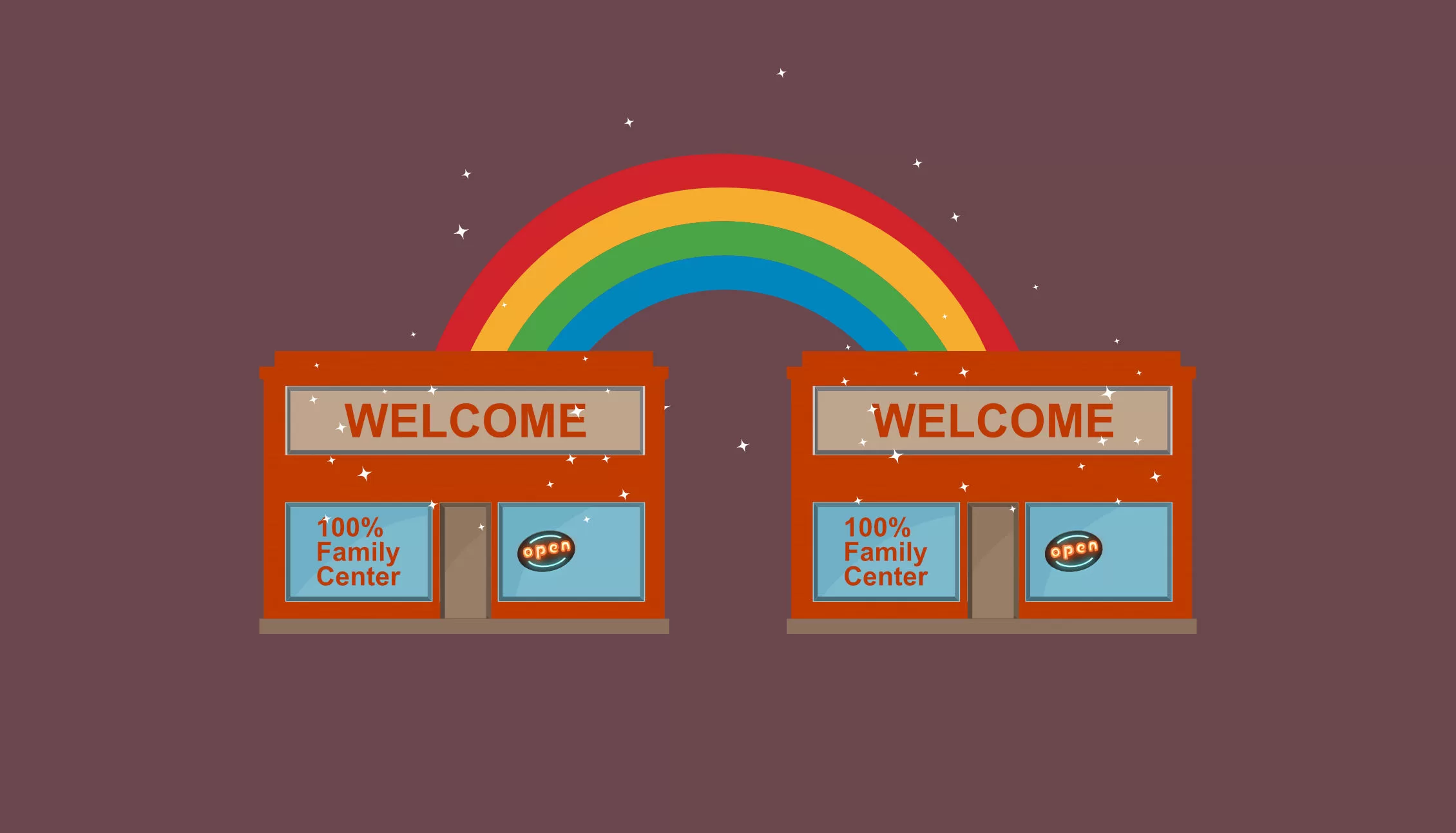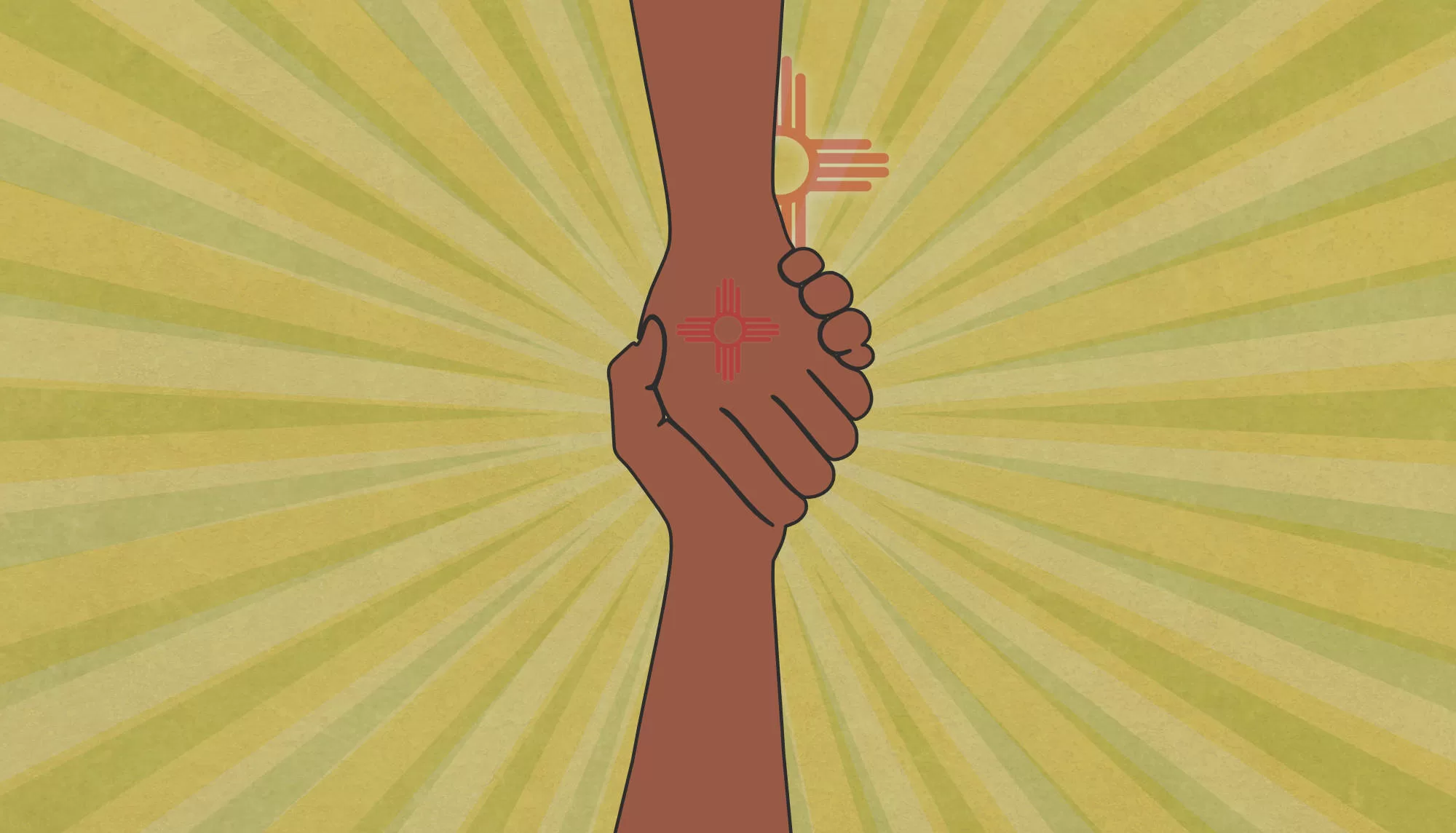Health Equity in a State of Disruption
What does health equity mean to real families living in this era of disruptions to school, healthcare, jobs, and social services?
In our work focused on ensuring ten vital services for surviving and thriving, we hear the term health equity more and more these days. The federal government wants to know how state agencies address service barriers related to health equity, or more accurately lack of equity and access, when residents are facing barriers to vital services. Our state department of public health is asking county health councils to make health equity a top priority. Philanthropy also wishes to promote the goals of health equity, and we may find more strategic foundation support in this important area.
Do we, meaning higher education supporting the 100% New Mexico initiative, state government, local councils, coalitions, and foundations, all have the same working definition of health equity?
The Centers for Disease Control and Prevention (CDCP) offers the following definition of health equity.
On the other side of the continuum, we can define health inequities using the CDCP’s words:
To add to the general awareness of health equity, the CDCP website introduces the concept of the social determinants of health, which they define as:
When we began our work developing the 100% New Mexico initiative, we took a long hard look at the research focused on the social determinants of health, as well as health equity and racial justice. It was clear to us, after years of collective work with child welfare, public health, and public education, that many families across New Mexico struggled to access vital services for surviving which include medical care, mental health care, food security programs, housing security programs, transportation to services. Lack of access to vital services is our definition of health inequity. 100% New Mexico became the solution.
Surviving, thriving, and health equity
And in addition to the services required to survive, we also point out that families also struggle to access the services for thriving which include parent supports, early childhood learning programs, fully-resourced community schools with health centers, youth mentor programs, and job training.
In meetings on health equity across the nation, people are using the term health equity in many ways. Slowly, we are creating a shared working definition with a clear vision and goals. Ongoing public dialogue about health equity is a good thing, as each state has left many families behind to suffer social adversity and trauma due to lack of access to services. We believe that one practical working definition of health equity could be “timely access to the ten vital services for surviving and thriving.” It’s not abstract. It’s a measurable process that our 100% New Mexico initiative is actively engaged with in fourteen counties. (Yes, we can certainly add to our health equity wish list including all residents having access to the internet, running water and electricity.)
What a mom said
At the end of the day, I think back to my conversation with the mother of my little brother (as in Big Brothers/Big Sister mentoring) as we were developing our survey to measure access to ten vital services. She was willing to review the survey and told me, “Of those ten services only one was easy to access and that was the community college.” And she was living in Santa Fe at the time, a place considered well-resourced.
Today we have the 100% New Mexico countywide survey data to reveal the gaps in vital services and why barriers are endured. Our county-based action teams are doing the hard work of identifying barriers in order to strengthen access to vital services. This is the local collaborative and data-driven work that will ensure health equity exists in every community within a county’s borders.
ACHIEVING HEALTH EQUITY: ONE COUNTY AT A TIME
Step one: Assess
- Survey residents to identify the barriers to vital services and their magnitude across a county. Analyze the data and if needed, set up interviews with youth, adults, and elders to learn more about their access issues.
- Survey the leaders of the local organizations that are funded to provide the ten vital services for surviving and thriving. Learn about the capacity to meet local needs and the challenges they face internally with funding and staffing.
- Produce a web-based 100% Family Services Directory that houses all the organizations within or near a county that delivers ten vital services. Ensure the information is up to date and verified, including waiting times (working parent- friendly hours), costs, and if there is a requirement that someone needs to qualify for help. Create print versions of the directory that can be made available across a county.
Step two: Plan
- Ensure that there are ten action teams, each one focused on improving services within one of ten service areas. Participants should be familiar with the county’s network of service providers within their chosen sector.
- All ten action teams should be analyzing closely the county survey results to identify barriers, which guides action team members to research on removing barriers.
- The county-based health equity team (such as a county health council or the 100% New Mexico initiative), with strong communication across the ten action teams to support a collaborative approach, supports ongoing research in capacity-building done in collaboration with higher education.
- Consider building a 100% Family Center: a one-stop hub for services.
- Consider transforming schools into fully-resourced community schools with health centers that become one-stop service hubs.
- Work to end the digital divide to ensure internet access, which means access to web-based services, education, and information.
Step three: Action
- Implementation of projects focused on increasing access to vital services, described in detail in the book 100% Community: Ensuring 10 vital services for surviving and thriving.
- Promotion of public awareness events such as mural events and gatherings that focus on the theme of community, compassion, healing trauma, caring for the most vulnerable, and uniting to support one another.
- Supporting city and county government in creating resolutions that make a powerful statement about health equity and ensuring vital services to increase health, safety, resilience, and self-sufficiency.
- Tracking alignment of work across a county, including the work of county and city funded programs, health councils, higher education, public health, child welfare, and public education.
Step four: Evaluation
- Each action team reviews their work yearly, sharing their progress in a countywide Summit. The process of ensuring ten vitals service and all health equity activity, requires transparency.
- A countywide survey to measure barriers to vital services can be implemented when needed to see if health equity projects “moved the needle” with regards to improving access to services.
- Interviews with local elected leaders can provide insights into buy-in for health equity projects and if local funding can be directed to improving service access.
- Evaluation can also include informational interviews with health equity team members as well as focus groups with youth, adults, and elders to gain insights into if or how their lives are improving as a result of local health equity work.
- We can also analyze data from public health (the YRRS and BRFSS) and child welfare to see if there were declines or increases in child maltreatment, domestic violence, sexual assault, suicidal ideation, school drop out, hunger, home insecurity and homeless, substance use disorder-related illness, injury, or fatalities.
To 100% Thriving
The work of ensuring health equity comes in many forms and it will take all our stakeholders across a county, working in alignment with a shared vision, to make progress toward clear health equity goals. We know what is causing health inequity and we have the resources, frameworks, and political will to put an end to a culture of apathy and discrimination. We are committed to 100% of residents enjoying a long, healthy and empowered life where thriving is the norm. That’s health equity!
Mission: The 100% New Mexico initiative is dedicated to ensuring that 100% of families can access ten vital services crucial for their overall health, resilience, and success. This university-sponsored endeavor necessitates the local implementation of evidence-based strategies encompassing both community and school-based service hubs, aiming to prevent the most pressing and costly public health and safety challenges, including adverse social determinants of health and adverse childhood experiences.
Don’t miss a blog post! Get notified!
The 100% New Mexico initiative is a program of the Anna, Age Eight Institute at New Mexico State University, College of Agricultural, Consumer and Environmental Sciences, Cooperative Extension Service. Contact: annaageeight@nmsu.edu or visit annaageeight.nmsu.edu to learn more.




